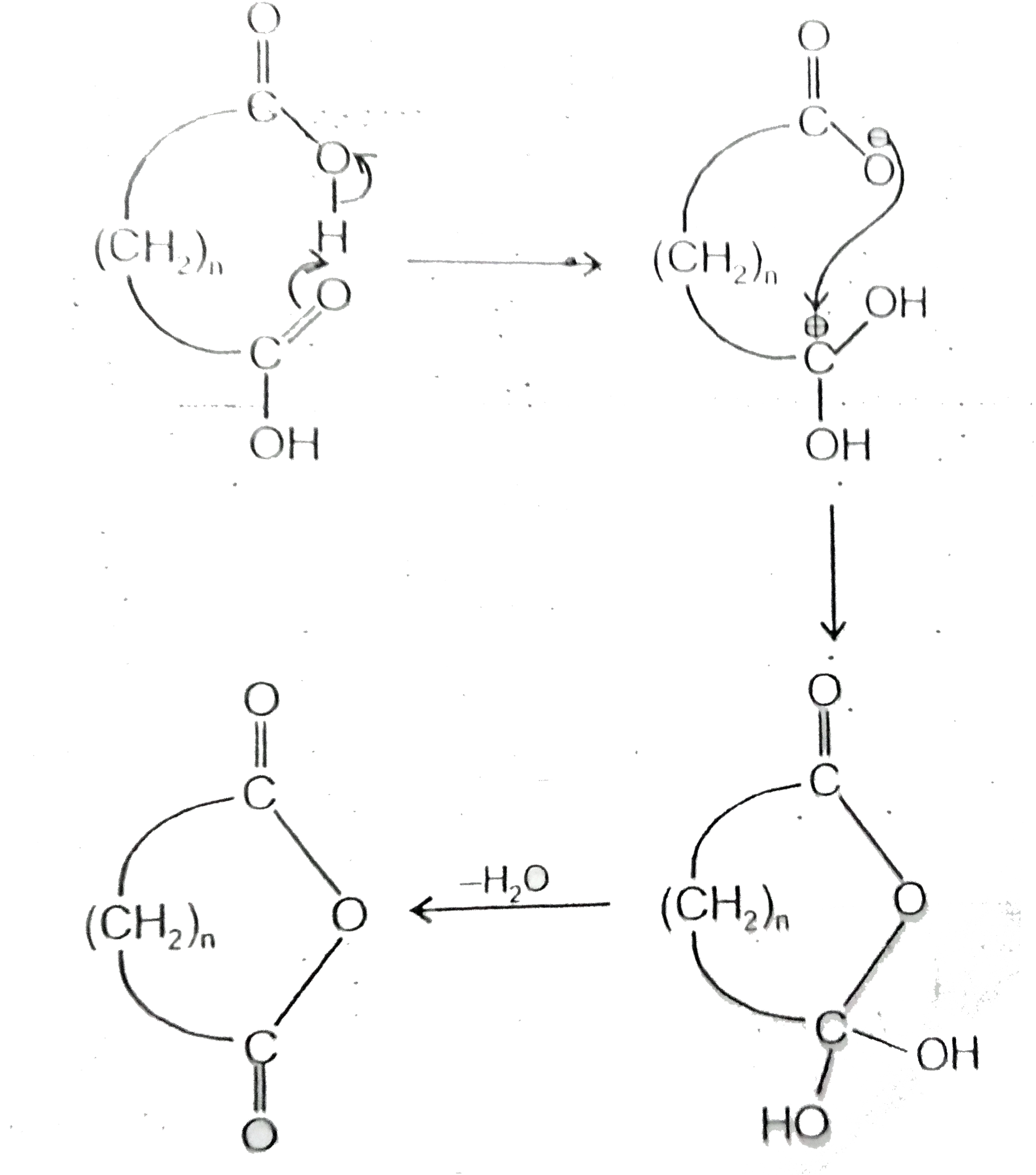How many of the following dicarboxylic acids are forming cyclic anhydride on heating ?
 Solution in Telugu
Solution in Telugu
3
Topper's Solved these Questions
- CARBOXYLIC ACIDS BOOK - AAKASH SERIESCHAPTER - CARBOXYLIC ACIDS EXERCISE - PRACTICE SHEET-4 (Single Answer questions)
6 Videos
- CARBOXYLIC ACIDS BOOK - AAKASH SERIESCHAPTER - CARBOXYLIC ACIDS EXERCISE - PRACTICE SHEET-4 (More than one correct answer questions)
7 Videos
- CARBOXYLIC ACIDS BOOK - AAKASH SERIESCHAPTER - CARBOXYLIC ACIDS EXERCISE - PRACTICE SHEET-3 (Matching Type Questions)
2 Videos
- CARBOHYDRATESBOOK - AAKASH SERIESCHAPTER - CARBOHYDRATESEXERCISE - Practice Sheet-5
30 Videos
- CARBOXYLIC ACIDS AND DERIVATIVESBOOK - AAKASH SERIESCHAPTER - CARBOXYLIC ACIDS AND DERIVATIVESEXERCISE - CONVERSIONS
19 Videos
Similar Questions
Complete the following reaction

View SolutionA carboxylic acid (X) of unknown structure was found to contain only C, H and O. Titration data : 150 mg required 11.9 ML of 0.22 N NaOH to reach equilibrium point. Gentle heating of 'X' led to evolution of CO2 and formation of a new carboxylic acid, 'Y' with equivalent weight 74. Correct statement is/are
View SolutionMatching Type questions

View SolutionD-tagatose is a 2-ketohexose which forms same osazone as D-galactose. What is the structure of D-tagatose
View SolutionMethanol to acetic acid
View SolutionWhich of the following gives a cyclic anhydride on heating?
View SolutionWhich of the following can form cyclic anhydride only on heating?
View SolutionWhich of the following dicarboxylic acids gives a cyclic anhydride on heating?
View SolutionWhich of the following forms cyclic anhydride
View SolutionWhich dicarboxylic acid is presence of dehydrating agent is least reactive to give an anhydride ?
View SolutionCertain dicarboxylic acids spontaneously eliminate water when heated forming cycioc anhydirides. But for the reaction to be successfully. The cyclic anhydrides product must normally have a ring size of fivee or six members. There are two important reasons, first, the second carboxyl group can serve as the acid catalyst (by intramolecular proton transfer), as well as the nucleophile. And second, the high temperature involved reduce the need for catalyst. Which of the following dicarboxylic acid would you expect to form cyclic anhydride?
View SolutionCertain dicarboxylic acids spontaneously eliminate water when heated forming cycioc anhydirides. But for the reaction to be successfully. The cyclic anhydrides product must normally have a ring size of fivee or six members. There are two important reasons, first, the second carboxyl group can serve as the acid catalyst (by intramolecular proton transfer), as well as the nucleophile. And second, the high temperature involved reduce the need for catalyst.

Which of the following dicarboxylic acid will not for cyclic anhydrides?
View SolutionAssertion : Malonic acid (HOOC—CH2—COOH) does not form cyclic anhydride on heating.
Reason : It is like βketo acid, on heating it prefer to decarboxylate.
View SolutionAssertion: Malonic acid (HOOC-CH_(2)-COOH) does not form cyclic anhydride on heating. Reason: It is like beta -keto acid, on heating, it prefers to decarboxylate.
View Solutionनिम्न में से कौन डाइकार्बोक्सिलिक अम्ल निर्जलीकारक की उपस्थिति में एक ऐन्हाइड्राइड देने के लिए सबसे कम अभिक्रियाशील है?
View Solution
